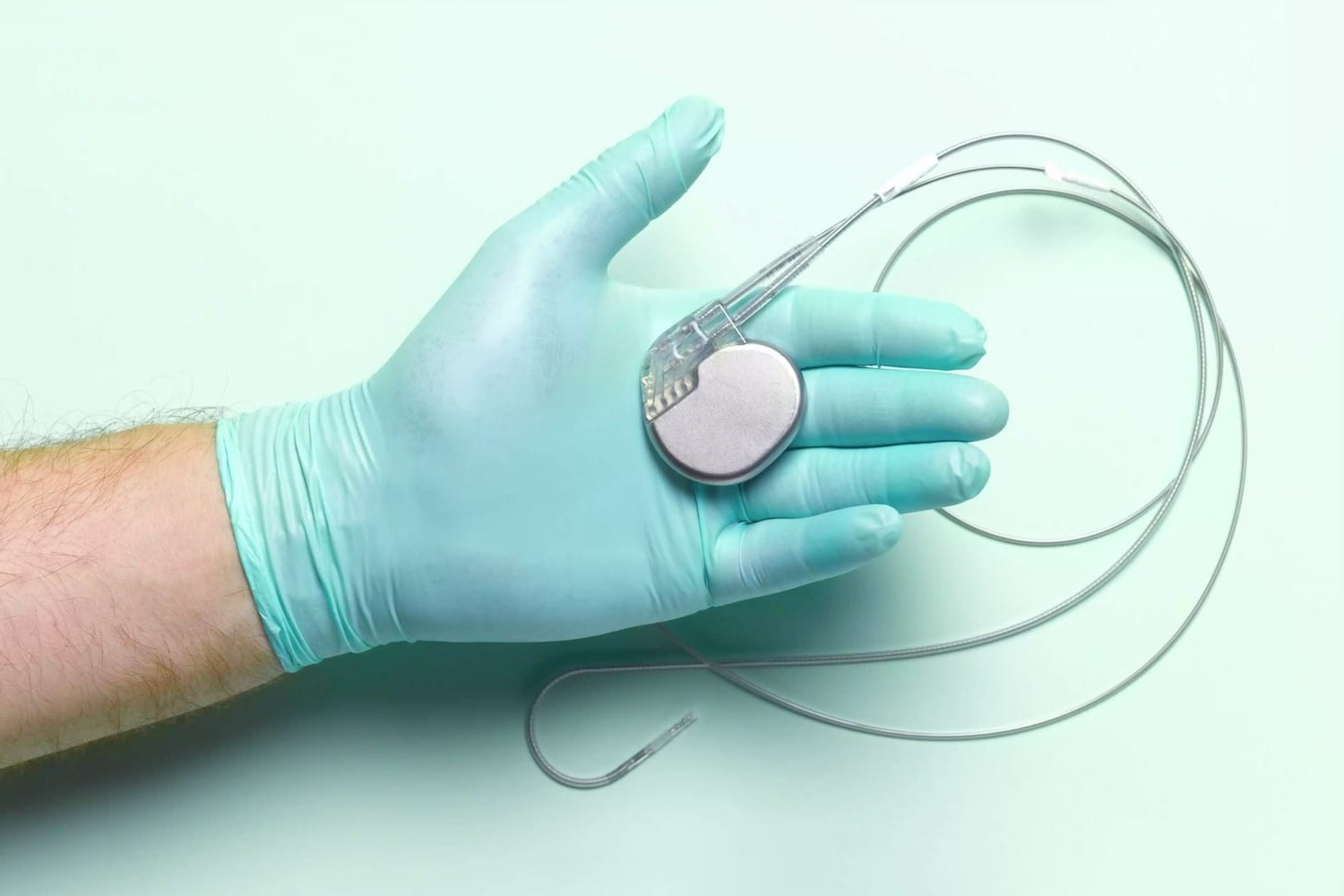
Ever wondered how a pacemaker works? This tiny device can be a lifesaver for many people with heart issues. Pacemakers help regulate heartbeats, ensuring the heart doesn't beat too slowly. They are implanted under the skin, usually near the collarbone, and connected to the heart with special wires called leads. These devices monitor the heart's rhythm and send electrical impulses to prompt a heartbeat if it’s too slow. Modern pacemakers are quite advanced, with some even adjusting the heart rate based on physical activity. They can last many years, providing a better quality of life for those who need them. Ready to learn more? Here are 26 fascinating facts about pacemakers!
What is a Pacemaker?
A pacemaker is a small device implanted in the chest to help control abnormal heart rhythms. It uses electrical pulses to prompt the heart to beat at a normal rate. Here are some fascinating facts about pacemakers.
- The first pacemaker was implanted in 1958. Arne Larsson, the patient, lived for 43 years after the procedure.
- Modern pacemakers are about the size of a matchbox, making them much smaller and more efficient than earlier models.
- Pacemakers can be temporary or permanent. Temporary ones are used in emergencies, while permanent ones are for long-term heart rhythm management.
How Pacemakers Work
Understanding how pacemakers function can help demystify their role in heart health.
- Pacemakers monitor the heart's electrical activity and send electrical impulses to stimulate the heart if it beats too slowly.
- They consist of a pulse generator, which houses the battery and electronics, and leads, which are wires that deliver the electrical impulses to the heart.
- Some pacemakers are "demand pacemakers," meaning they only send electrical impulses when the heart's natural rhythm is too slow or irregular.
Types of Pacemakers
Different types of pacemakers cater to various heart conditions.
- Single-chamber pacemakers connect to one chamber of the heart, either the atrium or the ventricle.
- Dual-chamber pacemakers connect to both the atrium and the ventricle, coordinating the timing between the two chambers.
- Biventricular pacemakers, also known as cardiac resynchronization therapy (CRT) devices, stimulate both lower chambers of the heart to improve its efficiency.
Benefits of Pacemakers
Pacemakers offer numerous benefits for those with heart rhythm disorders.
- They can significantly improve quality of life by reducing symptoms like fatigue, dizziness, and fainting.
- Pacemakers can help prevent heart failure by ensuring the heart beats efficiently.
- They can also reduce the risk of stroke by maintaining a regular heart rhythm.
Pacemaker Surgery
The process of getting a pacemaker involves a surgical procedure.
- Pacemaker implantation is typically a minimally invasive surgery, often done under local anesthesia.
- The procedure usually takes about one to two hours, and most patients can go home the same day or the next.
- Recovery time is relatively short, with most people resuming normal activities within a few weeks.
Living with a Pacemaker
Life with a pacemaker involves some adjustments but allows for a relatively normal lifestyle.
- Regular check-ups are necessary to ensure the pacemaker is functioning correctly and to monitor the battery life.
- Pacemaker batteries last between 5 to 15 years, depending on usage and the type of device.
- People with pacemakers should avoid strong magnetic fields, which can interfere with the device's function.
Myths About Pacemakers
There are many misconceptions about pacemakers. Let's clear some of them up.
- Myth: Pacemakers are only for the elderly. Fact: People of all ages, including children, can need pacemakers.
- Myth: Pacemaker surgery is highly risky. Fact: It is a common and generally safe procedure with a high success rate.
- Myth: Pacemakers cure heart disease. Fact: They manage symptoms but do not cure the underlying heart condition.
Technological Advances in Pacemakers
Pacemaker technology has come a long way since its inception.
- Wireless pacemakers, also known as leadless pacemakers, are a recent innovation. They are smaller and do not require leads, reducing the risk of complications.
- Some modern pacemakers can be monitored remotely, allowing doctors to check the device's status and the patient's heart rhythm without an office visit.
- Advances in battery technology have extended the lifespan of pacemaker batteries, reducing the need for frequent replacements.
Fun Facts About Pacemakers
Here are some interesting tidbits about pacemakers you might not know.
- The first pacemaker patient, Arne Larsson, outlived the surgeon who implanted his device.
- Pacemakers have been used in animals, including dogs and horses, to manage heart conditions.
The Heartbeat of Modern Medicine
Pacemakers have revolutionized how we treat heart conditions. These small devices, implanted under the skin, send electrical impulses to the heart, ensuring it beats regularly. They’ve saved countless lives and improved the quality of life for many.
From their invention in the 1950s to today’s advanced models, pacemakers have come a long way. They’re now more reliable, with longer battery life and better technology. Some even sync with smartphones for easy monitoring.
Understanding pacemakers helps us appreciate the marvels of modern medicine. They’re a testament to human ingenuity and the relentless pursuit of better health solutions. If you or someone you know has a pacemaker, it’s a reminder of how far medical technology has come and the bright future ahead.
Stay informed, stay healthy, and never underestimate the power of a tiny device to make a big difference.
Was this page helpful?
Our commitment to delivering trustworthy and engaging content is at the heart of what we do. Each fact on our site is contributed by real users like you, bringing a wealth of diverse insights and information. To ensure the highest standards of accuracy and reliability, our dedicated editors meticulously review each submission. This process guarantees that the facts we share are not only fascinating but also credible. Trust in our commitment to quality and authenticity as you explore and learn with us.
